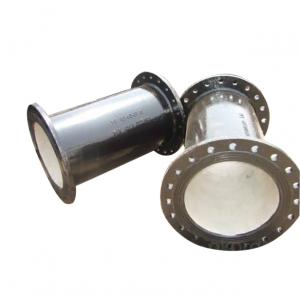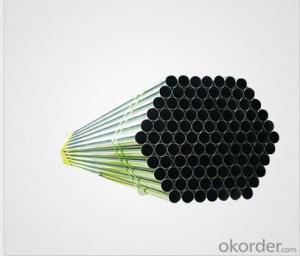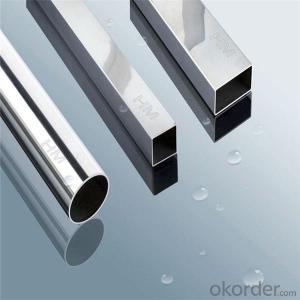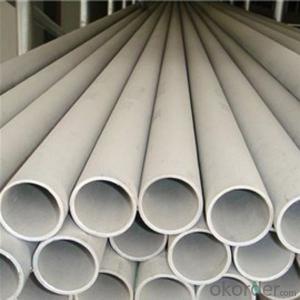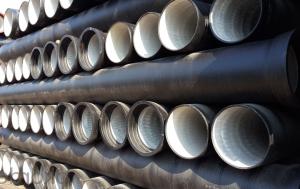Stainless Steel Pipe Screens
Stainless Steel Pipe Screens Related Searches
Best Paint For Stainless Steel Blanket Insulation For Steel Buildings Primer For Galvanized Steel Foam Filter For Stainless Steel H S Code For Stainless Steel Surface Grinding Wheels For Stainless Steel Surface Grinding Wheels For Hardened Steel Hole Saw For Stainless Steel Paint For Stainless Steel Stainless Steel For BbqHot Searches
Steel Mesh Panels For Sale Price For Stainless Steel Scrap Scrap Price For Stainless Steel Price For Stainless Steel Stainless Steel Tank For Sale Stainless Steel Sheets For Sale Cheap High Tea Sets For Sale Stainless Steel Tanks For Sale Stainless Steel For Sale High Density Fiberboard For Sale Solar Hot Water Collectors For Sale Scaffolding For Sale In Uae Scaffolding For Sale In Ireland Scaffolding For Sale In Houston Type Of Inverter For Solar Price Of Shipping Containers For Sale Types Of Inverter For Solar Stock Price For Aluminum Used Solar Inverter For Sale Steel Mesh Panels For SaleStainless Steel Pipe Screens Supplier & Manufacturer from China
Okorder.com is a professional Stainless Steel Pipe Screens supplier & manufacturer, offers integrated one-stop services including real-time quoting and online cargo tracking. We are funded by CNBM Group, a Fortune 500 enterprise and the largest Stainless Steel Pipe Screens firm in China.Hot Products
FAQ
- Yes, stainless steel pipes can be used for sewage disposal. Stainless steel is highly resistant to corrosion, making it a suitable material for sewage pipes that are exposed to various chemicals and moisture. Additionally, stainless steel pipes have smooth surfaces, which helps prevent the buildup of debris and facilitates the flow of sewage.
- Yes, stainless steel is flexible enough for plumbing applications. Stainless steel pipes and fittings are known for their durability and strength, but they also offer a certain degree of flexibility. This flexibility allows for easier installation in various plumbing systems, including those with complex layouts or tight spaces. Stainless steel pipes can be bent and shaped without compromising their structural integrity, making them suitable for both residential and commercial plumbing projects. Additionally, stainless steel is highly resistant to corrosion, which is crucial for plumbing applications where exposure to water and other corrosive substances is common. Overall, stainless steel's combination of strength, durability, and flexibility makes it an excellent choice for plumbing applications.
- Yes, stainless steel pipes can be insulated with polyvinylidene fluoride (PVDF). PVDF is a highly durable and temperature-resistant polymer that is commonly used for insulation purposes. It has excellent chemical resistance, UV stability, and flame retardant properties, making it suitable for insulating stainless steel pipes in various applications. PVDF insulation can help prevent heat loss or gain, protect against corrosion, and provide additional mechanical protection to the stainless steel pipes.
- The manufacturing process and resulting characteristics of seamless and submerged arc welded stainless steel pipes differ significantly. Seamless pipes are created by piercing a solid cylindrical billet and rolling it to form a hollow tube. This process ensures a smooth and uniform pipe without any welded seams. As a result, seamless pipes are generally considered to be stronger and more resistant to pressure. Additionally, their appearance is aesthetically pleasing due to the absence of visible welds. On the other hand, submerged arc welded pipes are manufactured by welding a coiled plate or strip of stainless steel using a submerged arc welding process. This involves feeding the plate or strip through rollers while simultaneously welding the edges together with an electric arc submerged in a flux material. The use of this welding method allows for the production of large diameter pipes suitable for high-pressure applications. However, the welding process may leave visible weld seams on the pipe's surface, which can impact its appearance and necessitate additional finishing processes. In terms of characteristics, seamless pipes are known for their superior strength, corrosion resistance, and ability to withstand high pressure and temperature. These properties make them commonly used in industries like oil and gas, chemical, and petrochemical. On the other hand, submerged arc welded pipes are more cost-effective and typically employed in applications that require large diameter pipes, such as water transmission, structural support, and infrastructure projects. To summarize, the key differences between seamless and submerged arc welded stainless steel pipes lie in their manufacturing processes, resulting appearance, and specific applications. Seamless pipes are produced without any welded seams, offering higher strength and pressure resistance. On the other hand, submerged arc welded pipes are cost-effective and suitable for large diameter applications.
- No, stainless steel pipes cannot be insulated with polycarbonate. Polycarbonate is a thermoplastic material that is not suitable for insulation purposes. Insulation of stainless steel pipes typically requires materials such as fiberglass, foam, or mineral wool.
- To prevent clogging in stainless steel pipes, regular maintenance is essential. This includes flushing the pipes with hot water regularly to remove any potential buildup. Additionally, avoiding the disposal of grease, oil, or large solid particles down the drain is crucial. Installing screens or traps at the drains can also help to catch any debris before it enters the pipes.
- There are several different standards and specifications for stainless steel pipes, which vary based on their intended use and the region in which they are being used. Some of the most common standards and specifications for stainless steel pipes include: 1. ASTM (American Society for Testing and Materials): ASTM A312/A312M is a standard specification for seamless, welded, and heavily cold worked austenitic stainless steel pipes. This specification covers various grades of stainless steel pipes for high-temperature and general corrosive service. 2. ASME (American Society of Mechanical Engineers): ASME B36.19M is a standard specification for stainless steel pipes that covers the dimensions, wall thickness, and tolerances for both welded and seamless pipes. ASME B36.10M is another standard that specifies the dimensions and tolerances for seamless and welded stainless steel pipes. 3. EN (European Norms): EN 10216-5 is an European standard that specifies the technical delivery conditions for stainless steel seamless pipes for pressure purposes. EN 10217-7 is another European standard that covers welded stainless steel tubes for pressure purposes. 4. JIS (Japanese Industrial Standards): JIS G3459 is a standard specification for stainless steel pipes that are used for high-temperature service. JIS G3468 specifies the stainless steel pipes for general service. 5. DIN (Deutsches Institut für Normung): DIN EN 10216-5 is a German standard that specifies the technical delivery conditions for stainless steel seamless pipes for pressure purposes. DIN EN 10217-7 is another German standard that covers welded stainless steel tubes for pressure purposes. These are just a few examples of the numerous standards and specifications available for stainless steel pipes. It is important to consult the appropriate standard and specification based on the specific requirements and application of the stainless steel pipes to ensure proper performance and compliance with industry standards.

























